An area of boat design that is very important but which does not get talked about too often, is engine cooling systems. On “Old Nick” we have two engines, the Vetus E-Line 10KW Electric Engine and the Vetus GLX6,5SIC Diesel Generator. Both engines are liquid cooled, but that is pretty much where the similarity ends. In this article we will look at their cooling systems and also mention other common engine cooling systems.
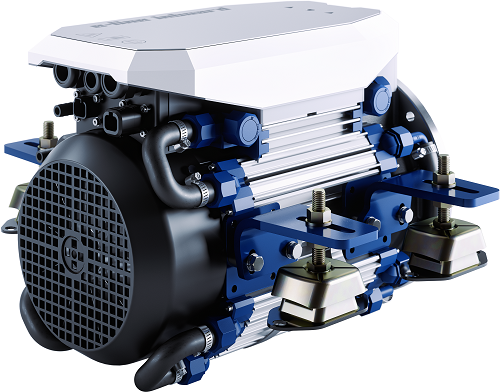
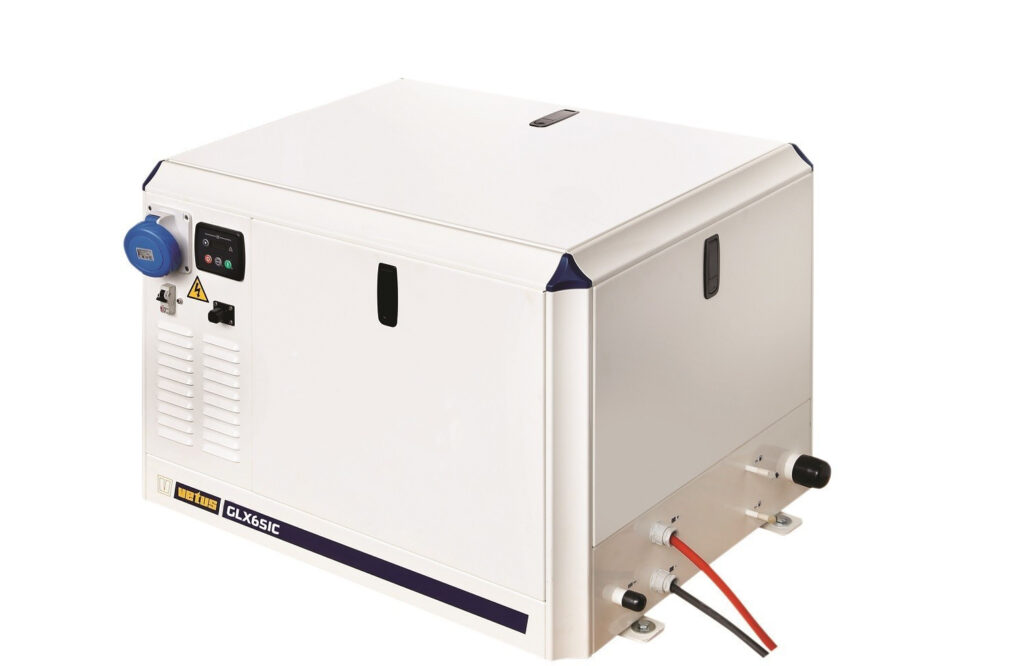
Let us start with the Vetus E-Line. An electric engine has two areas where heat is generated; the motor itself and the electronic power controller. On the E-Line, both are water cooled and due to the efficiency of the electric engine, the temperatures are much lower and easier to cool than a traditional combustion engine.
On “Old Nick” we opted to use a skin tank, which Tyler Wilson had fabricated on the hull’s swim, to cool our E-Line 10KW electric motor. The hot coolant from the engine enters the skin tank, which is in direct contact with the canal water, and is cooled as it passes through the tank, before being pumped back to the engine.
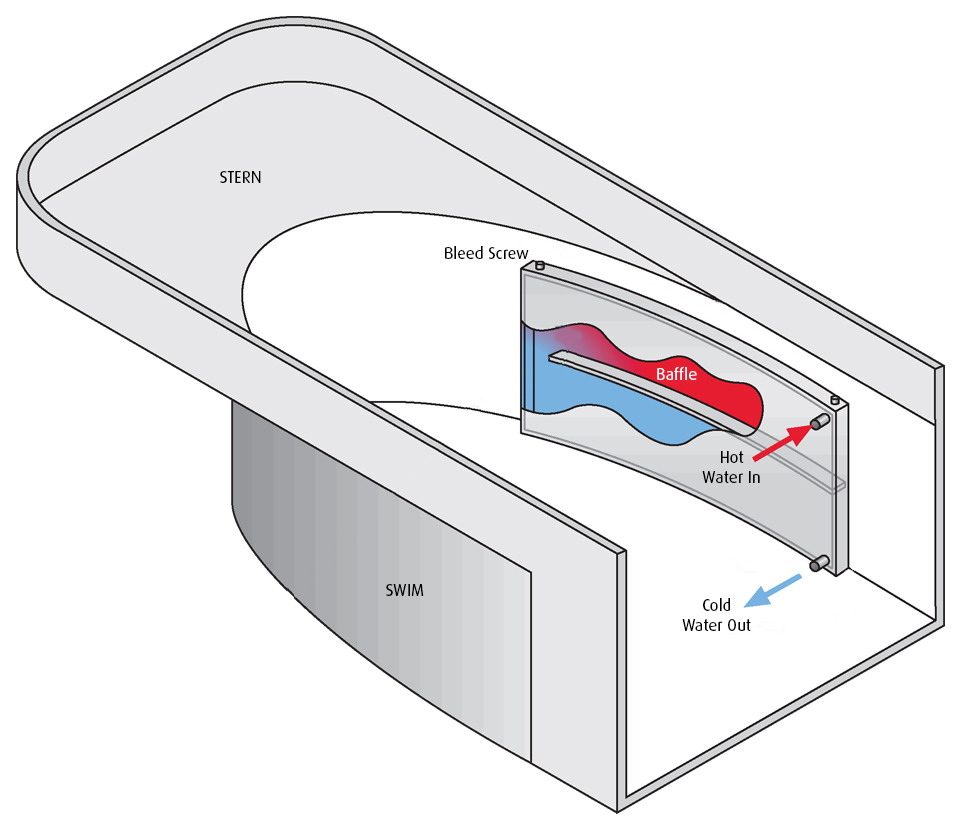
The skin tank cooling system is a closed system, where the coolant (50% mix of Water and Anti-Freeze), is pumped around the engine, through the skin tank, and then through an expansion/filter tank (for topping up if necessary) and back to the engine. The image below is from the Vetus installation manual and shows a keel cooler, rather than a skin tank, but clearly shows the path the coolant takes.
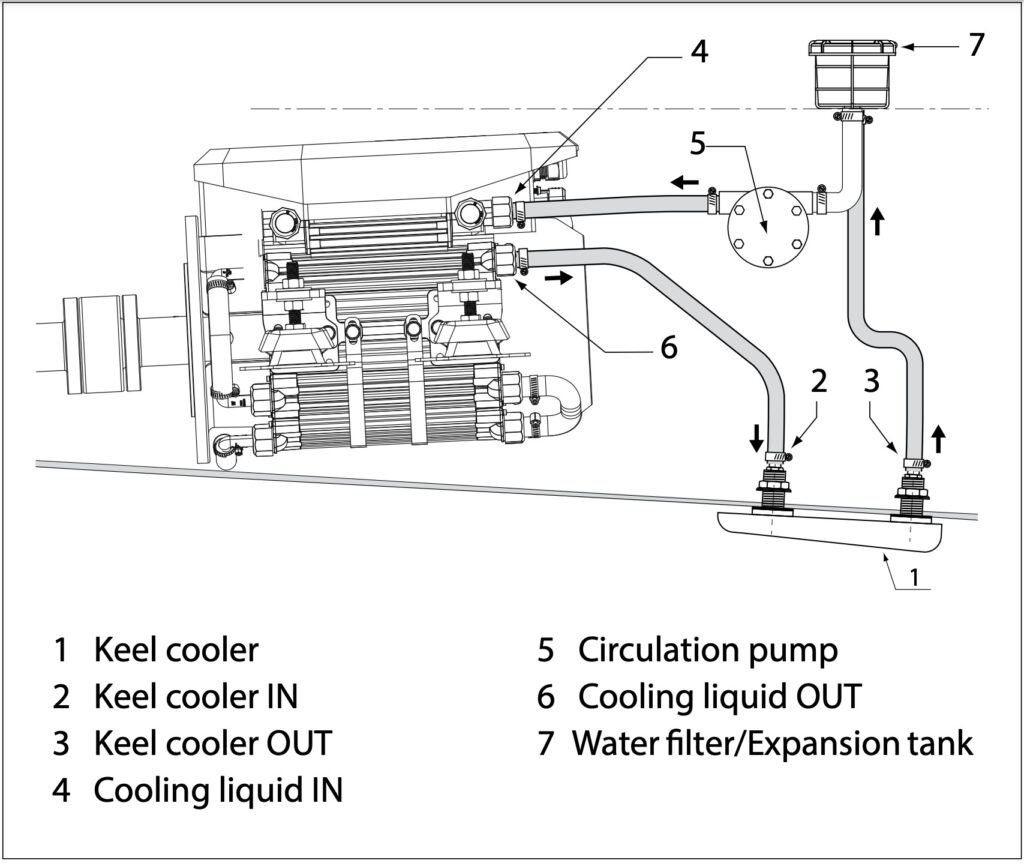
The amount of heat that the coolant needs to remove from the engine and cool in the skin tank is relatively small, and so the flow rate that the pump needs to maintain is pretty low. “Old Nick” was the first narrowboat to install an E-Line engine, and we found the original Vetus pump was quite a high pressure pump and also noisier than the engine! So with Vetus’ blessing we fitted a heater pump from a VW Beetle, that could easily pump enough coolant around and was virtually silent.
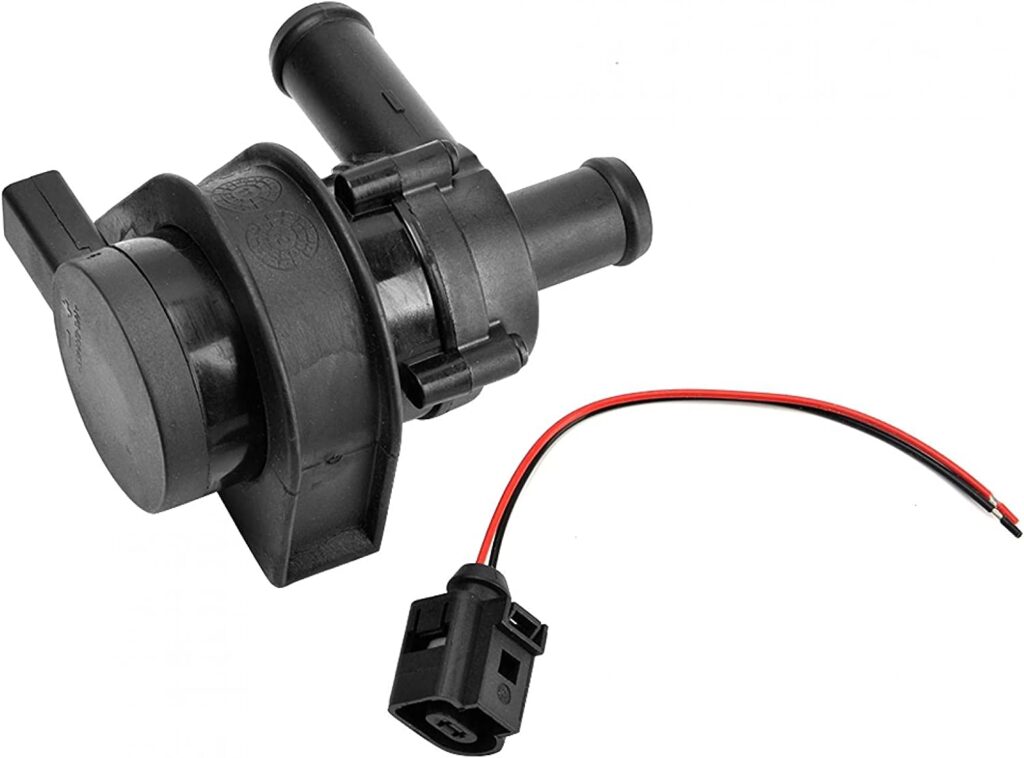
In the last two years, the E-Line electric engine has done over 1200 miles and has never been above 50°C, so we are very happy with our chosen cooling system. It is interesting to note that Vetus have recently launched some new E-Air models which as the name suggests are air-cooled. These would not have been suitable for “Old Nick” as the models are limited in power output (4KW or 6KW) and more power, means more heat, which only water cooling can currently cope with.
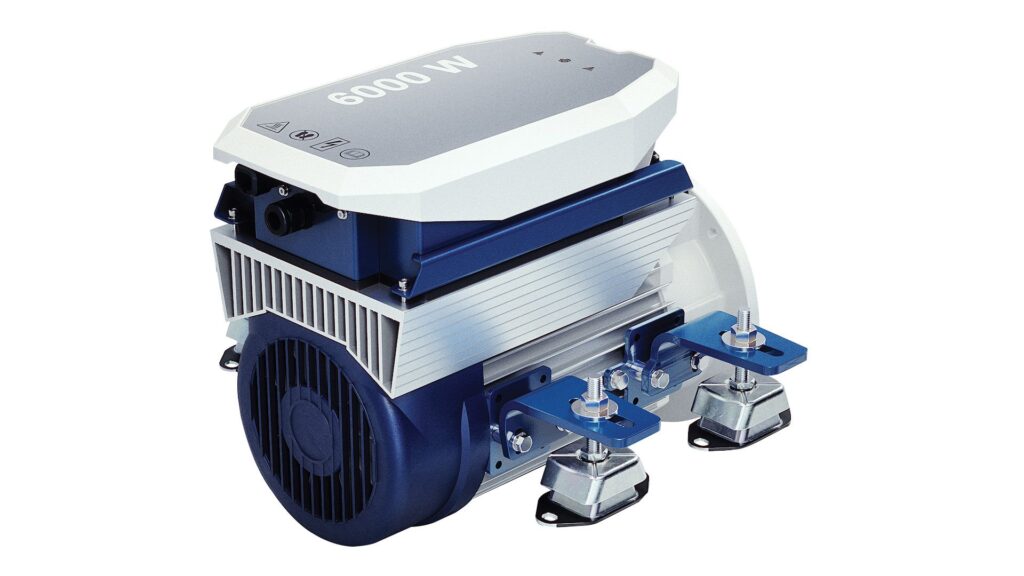
Our Vetus GLX6,5SIC generator is designed to have a wet exhaust system, which ruled out cooling it with a second skin tank, as we did with the electric engine. If a dry exhaust option had been available, we might have considered cooling it with a skin tank, and having a hospital silencer and dry exhaust just like you have on a car. However, because of the amount of heat that a diesel engine creates, the design of the skin tank and coolant flow rates are much more critical than for an electric engine.
There have been reports of dry exhaust generators over heating when the vessel is moored against the canal bank, in shallow water. The skin tank was transferring the heat but the stationary canal water was not dissipating the heat quickly enough and the temperature build up caused the generator to overheat and shut down.
With a wet exhaust system, you take filtered canal water into the engine and circulate it through a heat exchanger. Then the water is mixed with the exhaust gases, where it turns to steam and passes through a gas and water separator. Here the water is released into the canal, below the waterline and the cooled exhaust gases above the waterline.
The diagram below shows how the Vetus wet exhaust cooling system works. Taking in raw water can be an issue on some canals, with mud, weed and all sorts of rubbish in the water, but as long as we consider this, when deciding to run the generator, we can avoid problems. In the two seasons we have been using it, we have been very pleased with the performance and the GLX has now done over 250hrs. A quick check of the basket in the Raw Water Strainer every week or two, depending on the canal, is the only routine maintenance needed.
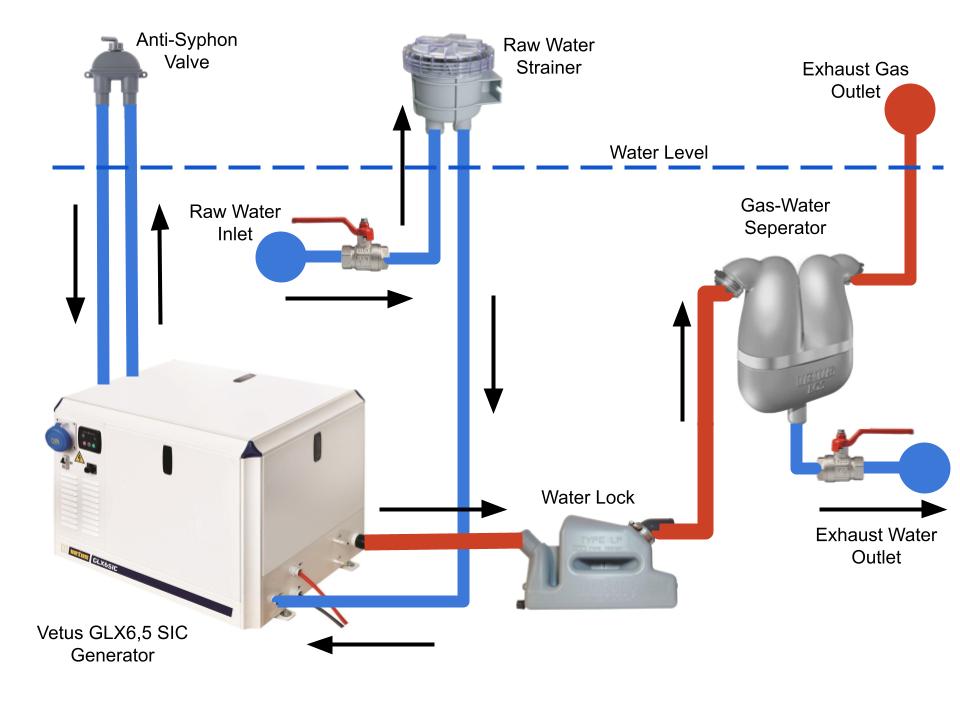
Below is a short video of our GLX generator’s wet exhaust system, showing how the components are installed.
Vetus have also published a good video on the different parts of a wet exhaust system, which gives a more detailed description of each component.
As ever, if you have any questions related to this article, please feel free to contact us.

Did you ever consider running the heat from your generator and electric motor through your hot water system to heat it?
Hi David,
Our generator is actually connected to our hot water system, but the article would have got very complicated if I had tried to show that sub-system as well. The electric engine is too efficient to create enough heat to do anything useful, but the generator can easily heat a tank full of water in an hour or two.
This earlier article covers the hot water and central heating system and shows how the generator is linked to the calorifier….
https://thesumpnersafloat.com/2020/10/07/the-heat-is-on/
Best regards
PAUL
Hi – thanks for posting a very helpful description and video. I see that in the current GHX/GLX installation manual, on page 19, there is no separation of gas and water, just a single outlet via a goose neck. I was wondering if your installation followed some previous installation instructions or whether there was another reason for the separator and separate outlets?
Hi Alex,
The GLX/GHX installation manual does not cover all of the different exhaust system options and you need to refer to my diagram of the complete system.
At its most basic, you could expel the unseparated Water/Exhaust directly in to the air and some older boats do exactly that.
However, Vetus offer a range of exhaust system components, including a water lock and separator, which is what we have on Old Nick to make the wet exhaust system safer, quieter and better for the environment – https://vetus.com/exhaust/
Hope this helps.
Best regards
PAUL
Hi Paul,
Thanks for the quick reply and the link, very useful 🙂
Regards,
Alex